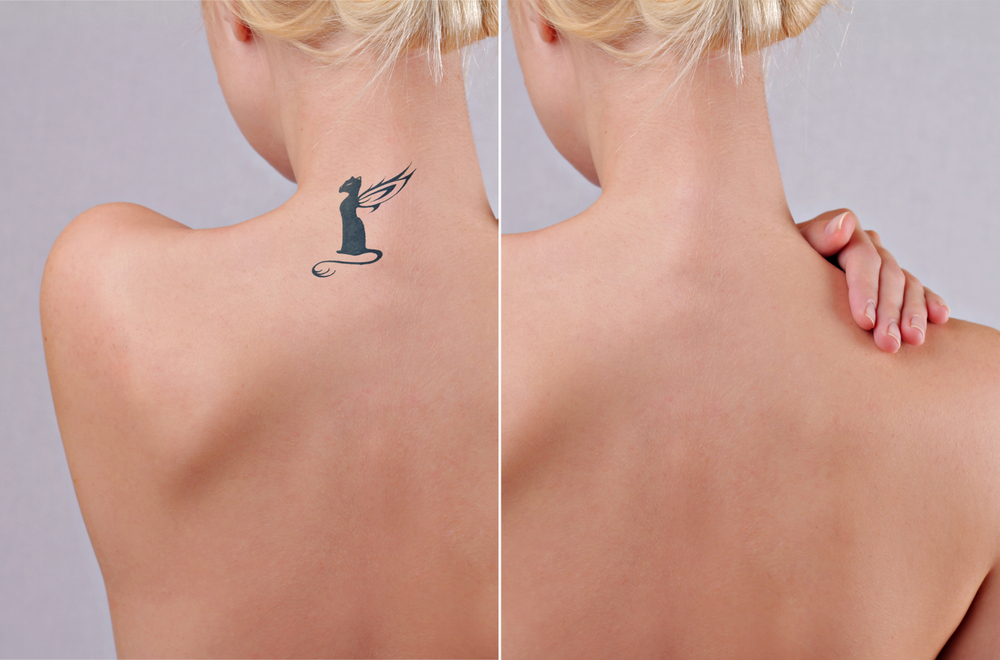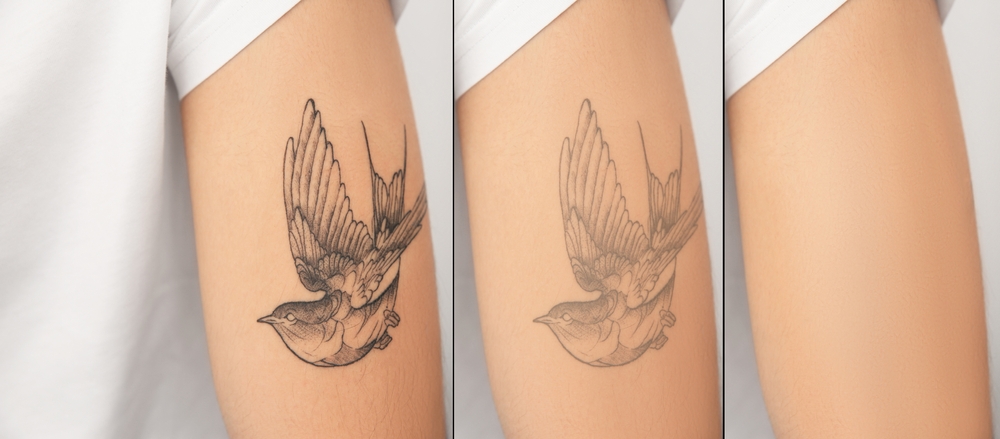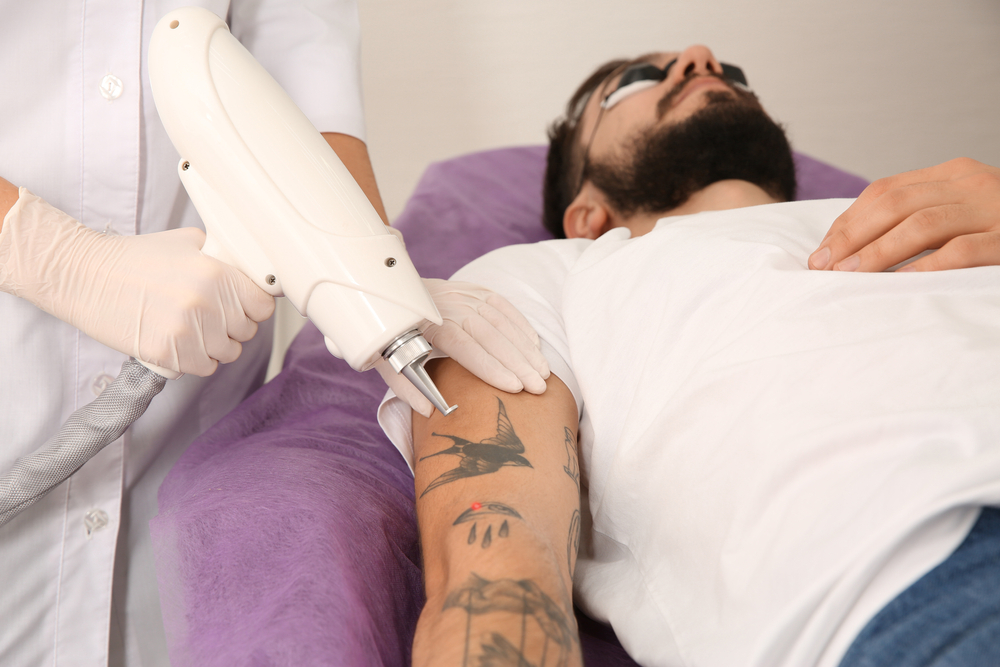Tattoos are often seen as a personal form of expression and art, but tastes and life circumstances can change. For those looking to reverse their ink decisions, laser tattoo removal has become a leading solution, offering a way to blank out the past and start anew. Here’s a closer look at what happens in the tattoo removal chair.
Understanding Laser Tattoo Removal
Laser treatment has revolutionized the tattoo removal process. By using highly concentrated beams of light, these procedures can break down tattoo ink into tiny particles, which are then cleared away by the body’s natural immune response.
Modern laser technology operates on the principle of selective photothermolysis, a process during which ink particles are heated to the point of shattering without causing damage to the surrounding tissue.
Different tattoo colors absorb light at different wavelengths, and specialized lasers are used to target specific pigment groups. Black ink, for example, is typically removed with a Q-switched laser, while other colors may require different equipment.
The human body’s lymphatic system plays a crucial role after the ink particles are shattered; it flushes the fragmented ink particles out through the bloodstream, eventually being removed by the liver.
What to Expect During the Procedure
Before your laser tattoo removal session, your technician will explain pre-treatment care instructions, which may include avoiding sun exposure, not taking certain medications, and more. It’s important to follow these guidelines to ensure safe and effective treatments.
During the procedure, most patients experience a sensation similar to snapping a rubber band against the skin, combined with the warmth of the laser. The intensity of the sensation can vary depending on the individual’s pain tolerance, the size and location of the tattoo, and the number of treatments required for complete removal.
After the session, you can expect some redness and swelling, similar to a mild sunburn. The treated area may develop blisters, scabs, or a crust that will eventually heal and flake off, revealing the lighter, less noticeable ink.
Proper aftercare is crucial. Keeping the area clean and protected from the sun will help prevent infection and promote faster healing. Your technician will provide detailed instructions tailored to your specific situation.

Factors Affecting the Results
Several factors influence the efficacy of laser tattoo removal. The color and density of the ink, the location and depth of the tattoo, the type of laser used, the number of sessions, and individual skin qualities all play a part.
Dark inks such as black and blue are easier to remove because they absorb all laser wavelengths. Lighter colors can be more challenging, requiring specific lasers that target those pigments. Green and yellow inks, for instance, necessitate a laser that emits strong pulses at higher wavelengths.
The size of the tattoo and the patient’s skin type also influence the number of sessions needed. Smaller tattoos on individuals with lighter skin tones generally require fewer sessions, while larger, more intricate tattoos on darker skin may take more time to fade completely.
Alternative Tattoo Removal Methods
Laser tattoo removal is the most effective and safest method, but there are alternatives. Topical creams, for instance, work to fade tattoos over time by lightening ink and can be used in conjunction with or as a follow-up to laser treatments.
Dermabrasion and salabrasion are procedures that involve abrading or scrubbing the skin to remove the tattoo. While effective, these methods are more invasive and carry a higher risk of scarring and infection.
Surgical excision involves cutting out the tattoo, followed by stitching the skin back together. This method is typically reserved for small tattoos and can leave noticeable scars.
It’s important to discuss these options with a dermatologist or a professional tattoo removal expert to determine the best course of action.
Case Studies and Success Stories
Every individual’s tattoo removal journey is unique, but looking at case studies and success stories can be comforting. Patients often report significant fading after just a few sessions, and some tattoos can be completely removed with proper treatment over time.

Conclusion
The decision to remove a tattoo is deeply personal, and it’s important to explore all options before committing. Laser tattoo removal has proven to be a reliable and effective method for many, providing a path to a fresh start without the burden of unwanted ink.
Consulting with a reputable tattoo removal specialist is the first step in the process. They can provide detailed information about the procedure and what to expect, based on your circumstances.
If you’re thinking about laser tattoo removal, rest assured that you’re not alone. Many individuals have successfully transformed their ink stories. To take the next step, reach out to Oceanside Medical, a trusted clinic, for a consultation and embark on your tattoo removal journey with us.





